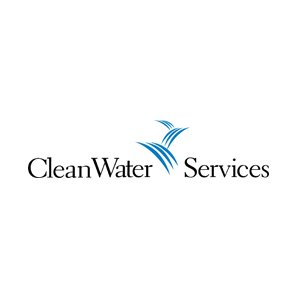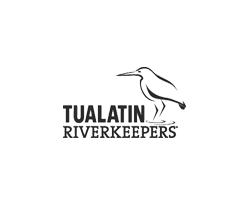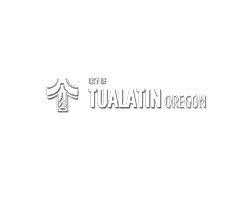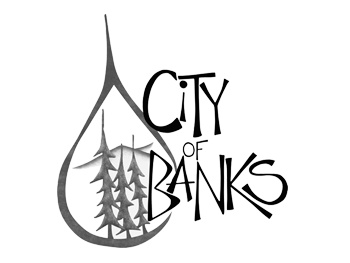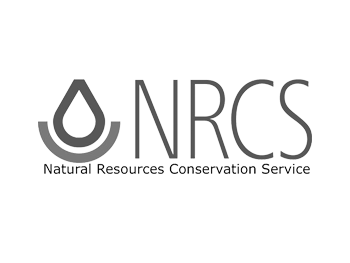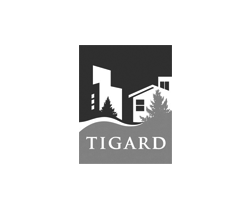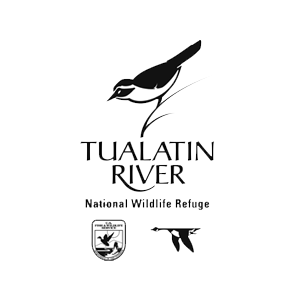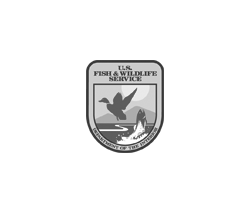A Complex, Collaborative Effort to Produce Immediate, Lasting Results
To meet capacity demands, sanitary sewer capacity needed to increase at the number one bottleneck, the King City Siphon, before the end of 2018. Traversing a 2-mile reach of the Tualatin River, the interceptor’s construction easement passed through three cities, agricultural pasture, regulated natural areas, and multiple public and private tax lots within a high priority area of the Regional Conservation Strategy.
In the project’s early planning stages, partners recognized that grey infrastructure work of this scale could present rare opportunities to address green infrastructure needs in a timely, cost-effective manner. That realization motivated agencies, nonprofit organizations and local communities to work with willing landowners to expand enhancement efforts into the wetlands, forest and floodplain surrounding construction.
Executed in two phases, the $31.2 million Tualatin Interceptor project included the design and construction of approximately 11,000 linear feet of 48-inch to 66-inch gravity sanitary sewer interceptor and two trenchless installations of triple-barreled inverted siphons under the Tualatin River. By Fall 2020, construction was complete.
Today, a more diverse landscape along the mainstem Tualatin River supports a healthy riparian forest. The ecosystem for critters and community members alike has improved thanks to newly connected greenspaces. The Interceptor’s larger, corrosion-resistant piping is expected to last 100 years, serving local residents for generations to come.
The Site
First planting: 2019
Size: 34 acres
Stream length: 1.71 miles on the Tualatin River
Plant Communities: Forested Wetland, Riparian Forest, Scrub Shrub, Emergent Wetlands
The Challenge
The original interceptor and siphons were built of reinforced concrete in the late 1970s and early 1980s. As they approached the end of their expected service life, with the area’s population growth expected to continue, partners recognized the opportunity that such large-scale construction presented.
The Interceptor’s construction easement crossed 28 properties however. As a result, the project’s scope depended on easement negotiations with willing landowners, each with a unique connection to the land and history with the river.
In addition, the easement, located entirely within the Tualatin River floodplain, included both regulated wetlands and Vegetative Corridor. The fragmented habitat made it difficult, and in some cases impossible, for wildlife to range freely. Invasive species including English ivy, Japanese knotweed and English hawthorn were taking over.
The Transformation
Long before the first shovel hit soil, Tree for All partners asked two key questions: How can we leverage such a large-scale construction effort to improve the long-term health of the river? And, How can partnerships ensure that the work improves public health and access to nature?
Working together, public agencies, cities, community groups and private landowners created strategies to connect habitats and protect high-quality riparian, aquatic and upland spaces, reducing invasive species across tax lots. Ecological enhancement along natural boundaries improved efficiency and lowered per acre cost. Construction on the two-year installation wrapped up in Fall 2020. Enhancement will support the future expansion of Jurgens Park with more access to nature and the Tualatin River Water Trail.
Today, the Tualatin Interceptor can move 20 million gallons of wastewater each day. Restoration and enhancement continues. Community groups, and by extension the local community, better understand and feel more connected to their natural resources. Public partners will continue to work with the community to foster long-term, invested stewardship from private landowners and conservation organizations.
The Wetlands Conservancy stewards eight acres of forested wetlands within the floodplain, removing invasive plants, planting native species, and leading community science projects.
The resilient natural systems now in place provide water quality and quantity management functions operating in concert with human land uses—and the accompanying grey infrastructure will meet the community’s needs for next hundred years.









